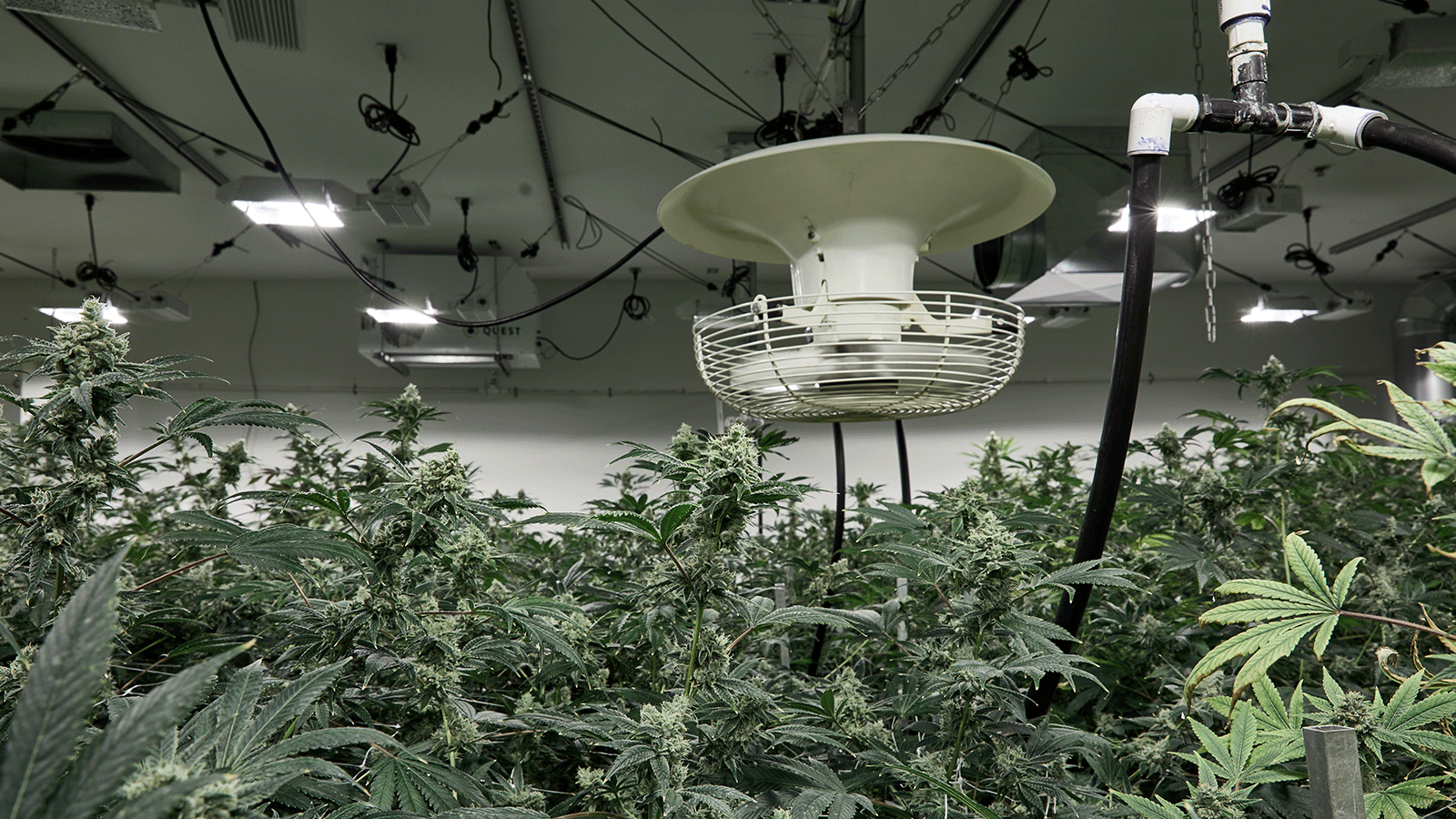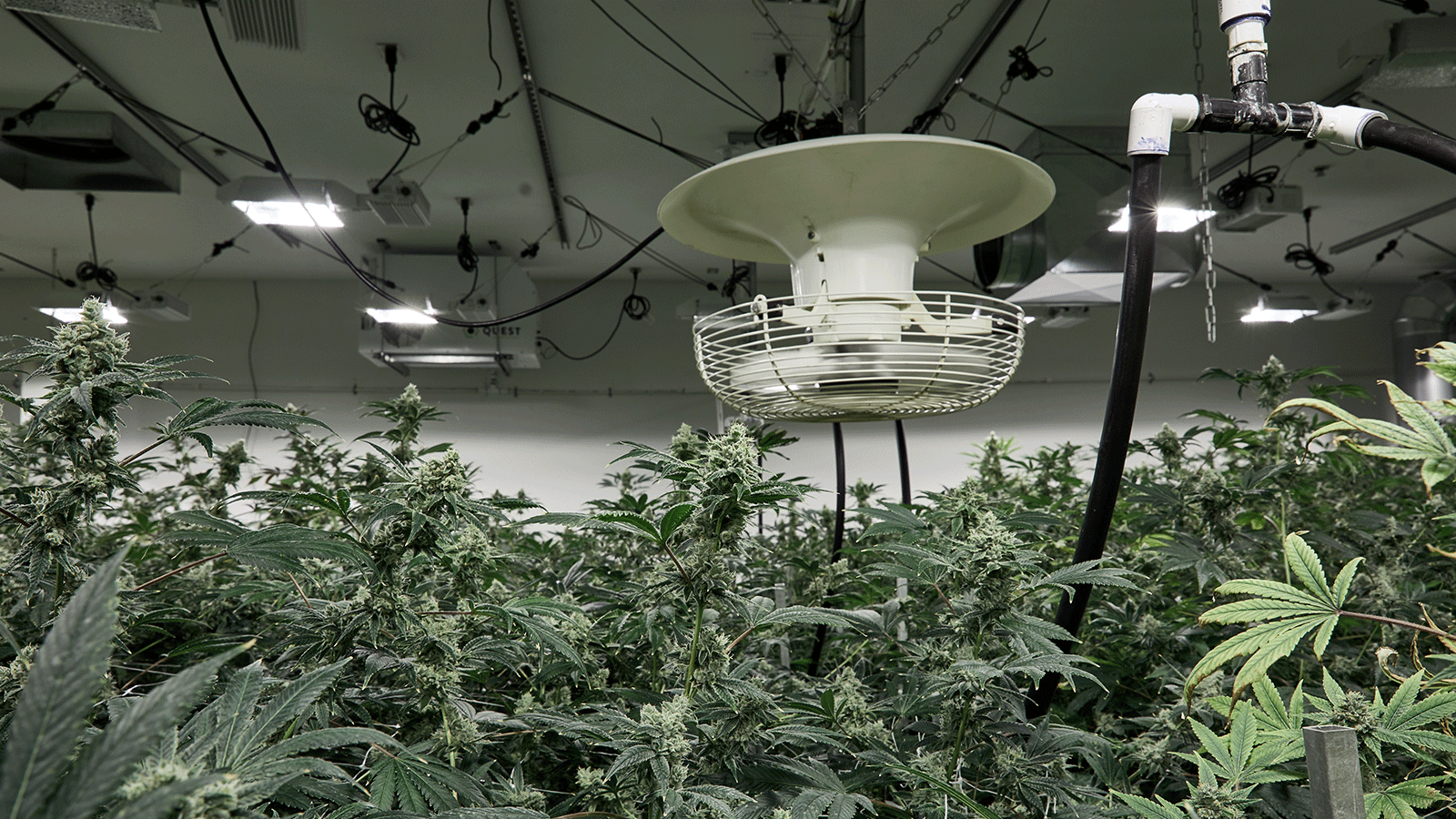
While recreational cannabis is being touted as a potentially multi-billion-dollar industry, its cost to the environment is proving to be anything but green. Canada’s licensed producers are constantly on the lookout for ways to save on production costs, and substantial energy needs are a major obstacle.
However, with some of the country’s licensed producers building massive cannabis production facilities with indoor growing spaces measured in the millions of square meters, there is a renewed focus on making cannabis production affordable and sustainable.
In the United States, state-level cannabis producers have been dealing with the same energy problems as in Canada. According to a legal brief prepared by the National Conference of State Legislatures, a bipartisan, non-governmental organization to support state lawmakers, the electricity consumption of indoor growing operations is “staggering when compared to business and residential use. In 2015, the average electricity consumption of a 5,000-square-foot indoor facility in Boulder County [Colorado] was 41,808 kilowatt-hours per month, while an average household in the county used about 630 kilowatt-hours.”
Cleanup time
Dan Sutton, CEO of Tantalus Labs is among an emerging group of business leaders looking to incorporate cleaner technology into Canadian cannabis production to reduce energy costs and apply modern farming techniques to growing cannabis. His Vancouver, British Columbia-based company predominantly uses sunlight in greenhouses to cultivate the product.
“It’s really been core to our whole philosophy, since its inception,” Sutton said. “Since we started conceptualizing cannabis in a greenhouse, it was really this intersection between creating a quality plant output, a quality environment for the plant to thrive, and a drastic reduction in energy usage.”.
The technology needed to grow potent cannabis indoors is constantly evolving, but many companies still favor enclosed, artificial-light-driven systems.
“Those lights take a lot of energy probably about as much energy per square foot as an operating theater,” Sutton said, noting that humidification, heating, and cooling require significant energy, especially in Canada.
“All of this electricity, it’s not incremental in a linear way. You’re having to add way more electricity in the cooling, and way more electricity in the humidification stuff, so it’s sort of borrowing from Peter to pay Paul,” Sutton said.
The energy requirements are increasingly becoming an issue for regions where cannabis is sold for adult use. Denver has committed to a large reduction in greenhouse gas production and the city’s Department of Public Health and Environment released a guide of best cannabis management practices that devoted nearly a third of the report to energy efficiency. The report notes that electricity use from cannabis cultivation and infused products manufacturing grew by 36 percent annually between 2012 and 2016. While Denver doesn’t have specific legislation to deal with cannabis’ energy demands, Boulder County “requires commercial marijuana growers to either offset electricity use with renewable energy or pay a $2.16 charge per kilowatt-hour” into an offset fund established by the county. Proceeds help fund initiatives to educate cannabis growers on reducing their energy consumption.
In Canada, producers such as Sutton believe the most sustainable balance is in large industrial greenhouses.
“When I grow a kilo of cannabis in California, it contributes to 46,000 kilograms of carbon emissions, so this isn’t just a bit energy, it’s one of the most energy-intensive productions industries on earth,” Sutton said. “It competes with … mining, which is crazy.”
Cannabis Greenhouses Might be ‘Greener’
Greenhouse growing can reduce energy demand compared with exclusively indoor operations, but not just because of the lighting. The infrastructure required to deal with the intense heat generated by the indoor light bulbs is also an added expense.
“You don’t need to cool in the same way [in a sunlit greenhouse]. You can use natural airflow and fans to distribute air and even if you’re using supplemental lighting, which is totally necessary in this part of the world, 90 to 95 percent of the light that hits that cannabis plant is coming from the sun.
“These plants go nuts in the sunlight. They grow more robustly, they’re less prone to disease, in their last days of flowering they create trichomes — this kind of sap that’s really laden with cannabinoids — and terpenes, which are the things that consumers of cannabis want to buy.”
This article is republished from Daily Hive under a content syndication agreement. Read the original article here.











